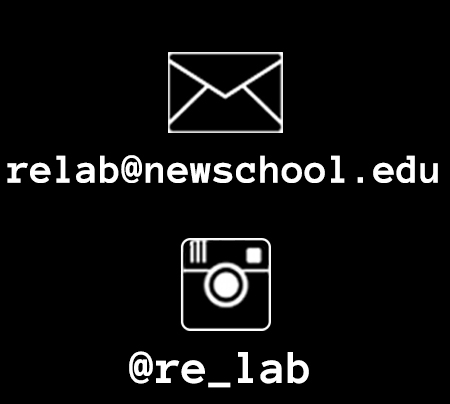Fall 2020 // Week 2 Discussion by Mariana Sanson
I found very interesting and relevant the four readings. I have to admit that I wasn’t aware of some of the concepts or ideas exposed, and what I liked the most was that I questioned myself and my media practice. The numbers left me frozen, more specifically the projection towards 2030 (when 51% of the global electricity would be consumed by communications technology). I tried to understand why was it that I hadn’t fully known this and two things came up: my country is years behind regarding carbon footprint consciousness (example: the president elected two years ago is a fervent believer in still exploding fossil resources) and the second is that it made me aware of my belonging to the media industry, even if did not believe I actually belonged.
I think that in my professional life in Mexico, I lived things that exemplify what we read. I worked for two different film festivals in my country, one which promoted documentary cinema as a tool for social change through collectivity and the other worked as a platform for new young (and some not so new)filmmakers in Latin America. In 2018, while working in the latter, we had the national premiere of Roma (the international premiere had been in Venice), directed by Alfonso Cuaron and produced by Netflix. Among the very demanding requirements that Netflix did to our audiovisual team, they required a 4K equipment in all the cinema venues where we were going to screen the film. Of course, the film was programmed twice and in every cinema available for the festival and with very strict security measurements (with DCP’S KDM’s opening only at midnight testings with Netflix technicians only). Netflix paid for every equipment needed, which back then I thought it was very generous because I don’t know which festival could spend millions of dollars equipping 11 cinemas. After the reading, I questioned this action, was it a good intention? Or was it pressure towards other creators? I think that none of the answers to this question would justify the amount of money spent and the carbon footprint that this generated.
I also thought about the requirements Netflix establishes to allow to stream content, not created by them, through their platform and it is also not environmentally conscious. While it is discarding content created outside big studios, because of the technical requirements it also pushes filmmakers and studios to acquire new equipment and leave equipment that could still work very well, as obsolete. These new parameters of aesthetics have constructed what we think is worthy, good to see, proper to be seen, and what some creators aspire to, and who many of them reject the idea of “the poor image”.
While reading to Hito Steyerl I thought a lot about an activity I attended during the summer: a digital “Yami-Ichi”, a digital market where creators exchanged images, memes, digital stickers, codes, etc. for services (like doing translations, creating a 3D object, etc.) or for other images, memes, songs, etc. The idea was also to move from a market ruled by money and to start creating outside capitalism. Her text also reminded me of specific situations of my country’s history, for example, all the manuscripts lost after the Spanish conquest, the codex of a civilization erased by another civilization. I think Latin America’s perspective was colonized before the digital media era. I also thought about the heavy campaign against the very common activity of watching films illegally (ripping DVDs/Blurays to watch films instead of buying the original or buying a ticket to the movies). In Mexico, the minimum wage is $5 USD per day and a ticket to watch a film in a cinema costs $2.9 USD.
I remembered that in our first class I spoke about why I stopped using my iPod, among the reasons I explained, I said that because now I could have access to music through Spotify, whenever I wanted. I have always tried to be very conscious about my consumer habits but I’m seriously questioning myself if I need to stream the music that I want whenever I want to or if it was a consumption habit that was implanted on me by marketing and this capitalist system. It wouldn’t sound that strange if we consider that even our perception has been manipulated and colonized.
As Laura Marks wrote, I feel too that us creating and studying media have the responsibility to confront all of this and I’m very worried about the amount of streaming that the pandemic has generated, which adds a lot to the already many things that we have to worry about but that we cannot ignore. If we want to keep living in this world, we have to create practices and policies that have a low impact on it and of course, change our levels of consumption.
If I had to choose between saving our planet and thinking in future generations and keep using my high definition camera on my phone, I would always choose to save the planet. Sure I would miss that immediacy feeling (knowing how to arrive at a place without getting always lost) or being able to feel my family so close, despite them being so far away, but I choose to have a future. I believe we can create different practices.
*Something fun but not really fun
In April, Mexico had one of the craziest conspiracy theories I’ve ever heard of. Some people believed and started spreading the rumor that the COVID-19 crisis was not true and that people that were dying on hospitals were not really dying because of the disease. According to the theory, they were killed because doctors were removing the knee’s liquid to sell it to the companies building 5G antennas. Apparently that liquid is very much needed for that technology. Of course, a lot of memes were circulated and it was something to laugh about, but deep inside of me, I felt worried about people believing this.


